Do you know the functions and classifications of transformers?
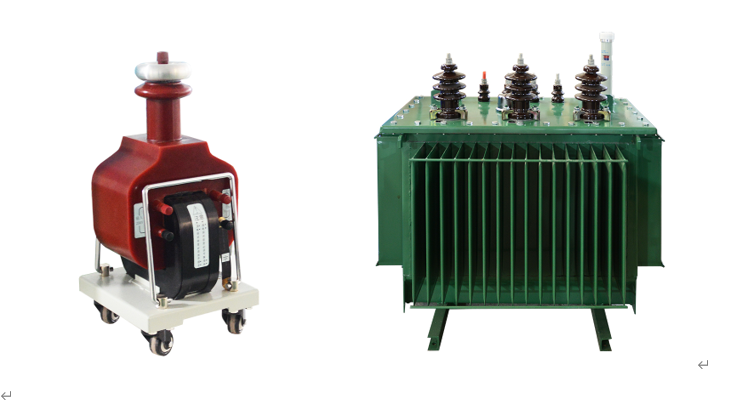
Transformer test equipment is a kind of stationary electrical equipment, which uses the principle of electromagnetic induction to transform the alternating current energy of one voltage level into the alternating current energy of another voltage level.
The primary role of transformers in power systems is to change voltage levels to facilitate power transmission. Increasing voltage can reduce line losses, improve the economic efficiency of power transmission, and achieve the goal of long-distance power transmission. Reducing voltage, transforming high voltage into the various usage voltages required by users, meets user needs.
Common Classifications of Transformers
1.By Phase:
Single-phase transformer: Used for single-phase loads.
Three-phase transformer: Used for stepping up or stepping down voltages in three-phase systems.
Single-phase transformer
A single-phase transformer has both primary and secondary windings as single-phase windings. A unipolar switching power supply, which means the output is unipolar, i.e., only positive and negative outputs, compared to a bipolar switching power supply that has three outputs, divided into positive, negative, and ground lines.
Three-phase transformer
The connection methods of three-phase transformers are divided into Y/Y, or Y/Yn, Y/△ or Yn/△, △/Y or △/Yn, and △/△.
Y, Yn represent star connections, △ represents delta connections as shown below.
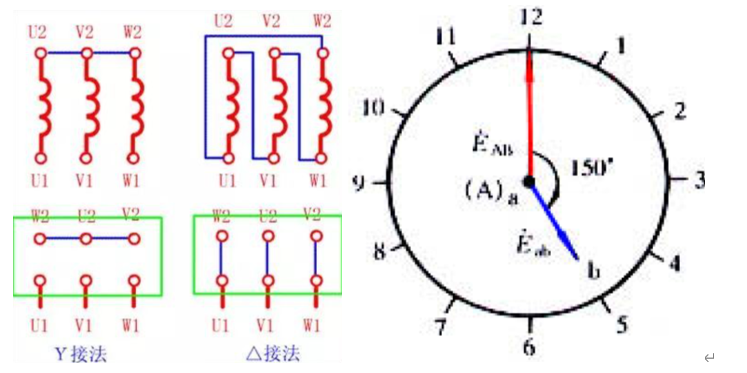
Due to different wiring methods, there is a certain phase difference between the line voltages of the primary and secondary windings of a three-phase transformer. Taking the primary line voltage as the long hand and fixing it at 12 o'clock, the corresponding secondary line voltage vector as the short hand, if they are 150 degrees apart, then the secondary line voltage vector must fall at 150°/30=5 o'clock, as shown above.
2.By Cooling Method:
Dry-type transformer: Cooled by air convection.
Oil-immersed transformer: Cooled using oil as the cooling medium, such as oil-immersed self-cooling, oil-immersed air cooling, oil-immersed water cooling, forced oil circulation air cooling, etc.
3. By Usage:
Power transformer: Used for stepping up or stepping down voltages in transmission and distribution systems.
Instrument transformer: Such as voltage transformers, current transformers, used for measuring instruments and relay protection devices.
Test transformer: Capable of generating the required voltage for testing electrical equipment.
Special transformer: Such as furnace transformers, rectifier transformers, etc.
4.By Winding Configuration:
Two-winding transformer: Used to connect two voltage levels in a power system.
Three-winding transformer: Generally used in regional substations of power systems, connecting three voltage levels.
Autotransformer: Used to connect power systems of different voltages. It can also be used as a regular step-up or step-down transformer.
The above content by demiks finishing released, reproduced please specify, demiks is a substation equipment manufacturers, specializing in the production of partial discharge tester, transformer test equipment, circuit breaker test equipment, relay tester, SF6 gas analyser, cable fault tester and other products, such as electric power testing and inspection needs please feel free to contact demiks power science and technology limited company or send an email! to us: contact@demikspower.com
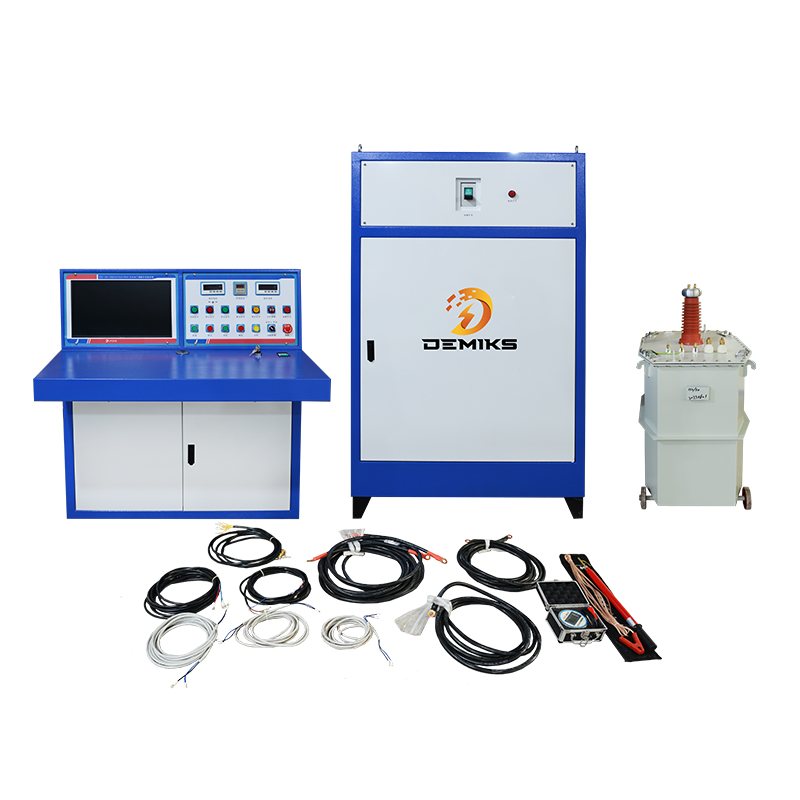 Relay Protection Testing and Commissioning Gu
Relay Protection Testing and Commissioning Gu
 how to test microwave transformer
how to test microwave transformer
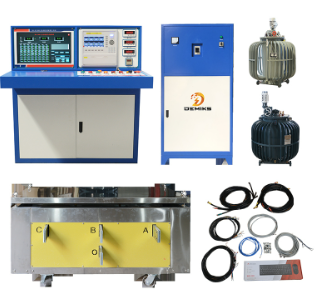 how to reset circuit breaker with test button
how to reset circuit breaker with test button
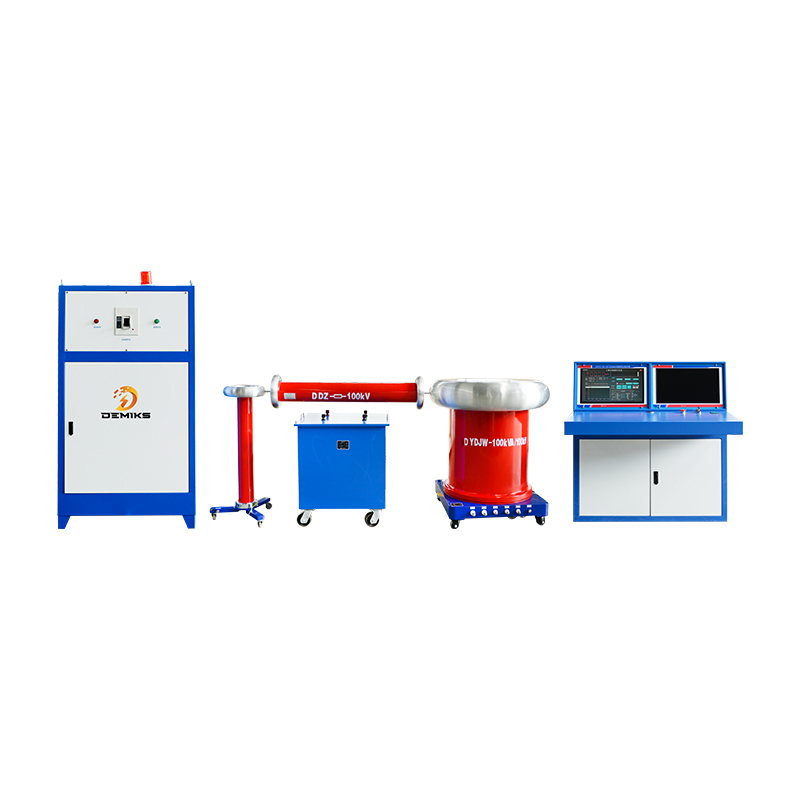 high voltage cable testing standards
high voltage cable testing standards




